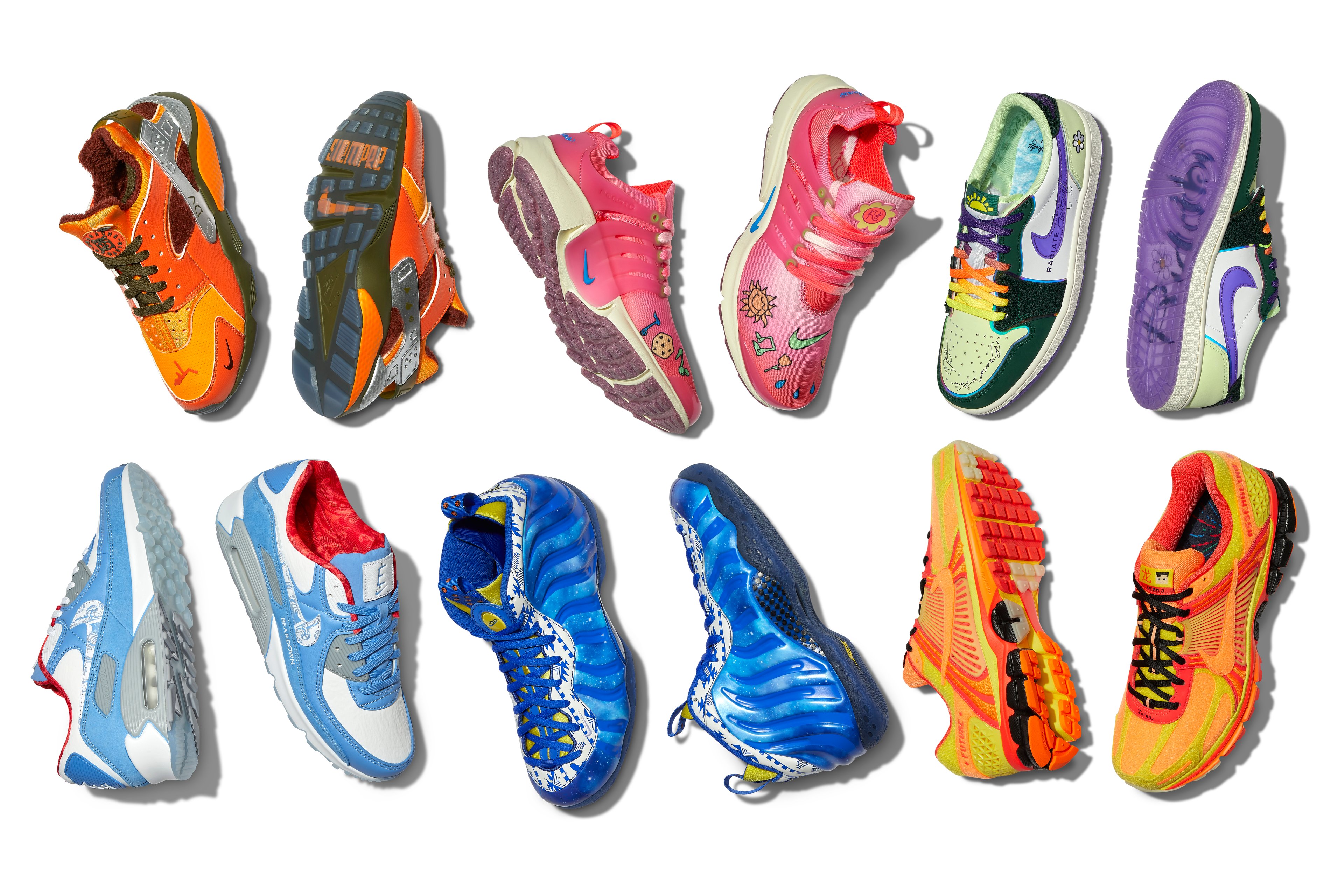Last week, Nike (NKE 0.48%) announced strong third-quarter earnings, but the company took a hit from the investing world when it forecast a weaker fourth quarter. For investors looking to get into this strong brand, the 5% decline could offer a relatively rare discount. Investors who are looking for a known quantity with a strong history of dividend payments and room for growth would do well to see how Nike fits into their portfolios.

Source: Nike.
Nike's business in a nutshell
Nike sells shoes. All right, let's move on to -- what's that? Oh, you want a little more info before you go spending your money on a company? Smart. Nike does sell shoes, and its business is firmly rooted in the exercise industry. In fact, Nike's founder, Bill Bowerman, is widely credited with helping to bring jogging to the U.S., after having seen people exercising in New Zealand.
That was back in the 1960s, when Bowerman and co-founder Phil Knight were just getting started. Now, Nike moves more than $25 billion of product annually, including almost $15 billion in footwear. Nike's second-biggest category is apparel, which generates almost $7 billion in sales annually and is thriving in the U.S. and emerging markets.
Global growth has been a consistent theme at Nike, but this most recent earnings forecast reined in the more bullish forecasts. Nike expects foreign exchange rates to hurt its fourth quarter, and the company continues to have trouble in China.
The benefits of being big
Apart from some fourth-quarter headwinds, Nike is still operating a strong business. Sales are on the rise, if at a slower pace, and Nike is well out in front of its competitors. Globally, the business is in a tight race with Adidas (ADDYY 0.46%) in Western Europe, where the two brands are about even in their share of the sporting goods market. In China, both companies are having trouble breaking into the market.
In the U.S., Nike simply dominates. While most consumers think of Nike and Under Armour (UA 0.89%) as being the big forces in American sports, Nike is far and away the larger player. Under Armour's total U.S. revenue in its last fiscal year was just $2.2 billion -- around a fifth of Nike's sales.
That shouldn't be taken as a knock against Under Armour -- it's simply a smaller, younger business. It's the kind of business that is still sinking every penny back into itself to generate growth, while Nike investors are getting a 1.2% dividend yield.
Still more space for Nike to grow
While Nike has been struggling in China, the market offers a huge opportunity. Nike, Adidas, and all other foreign sellers combined only make up 20% of the Chinese footwear market. That's a market that's growing at 10% a year and has already surpassed every other country in size. Right now, Nike is losing ground in China, generating just 10% of its footwear revenue in the country.
China is the next big growth opportunity for Nike, and investors who believe in the company will be rewarded if management can crack the riddle. Growth in China isn't right around the corner for Nike, but with a solid dividend and a strong brand backing it up, Nike continues to look like a company worth holding on to as it finds new ways to make more money.








